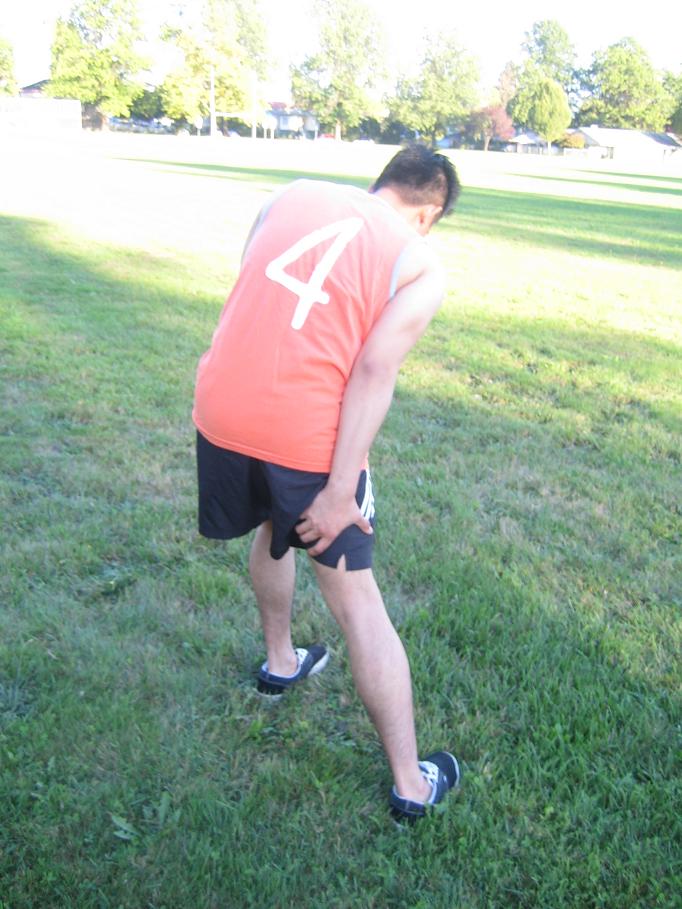Swimmer’s itch is an itchy rash which happens due to direct contact with certain parasites that generally lives on freshwater snails and waterfowl. These parasites are released into the freshwater ponds and lakes during warm days. When swimming in infested waters, the parasites burrow into human skin and cause swimmer’s itch. The rash just lasts for a few days, and the parasites die within a week. Sometimes swimmer’s itch can become severe.
[youtube url=”https://www.youtube.com/watch?v=1k9MqeubZNs” width=”220″]Symptoms
There are two common symptoms of swimmer’s itch such as itchiness of the affected skin and raised reddened rash. The symptoms can only be seen on the area of the skin that was in direct contact with the water and part of skin that is covered with a swimsuit, wet suit or water waders cannot be affected by the itchiness.

The itchy rash looks like reddish pimples or blisters. It takes about 48 hours for the symptoms to appear. Sometimes, there is itchiness without developing a rash, but when the affected area is exposed again to the parasite; the rash will be severe. The affected person will develop fever, nausea, and difficulty in sleeping due to severe itchiness. If the rash and itching does not disappear within a few days and if the rash contains pus, there is a need to seek medical help immediately.
Causes
Swimmer’s itch can be caused by parasites that live in the blood of waterfowl and animals living near ponds and lake such as ducks, geese, gulls and muskrats. The egg of the parasites enters the water through the feces of these waterfowls. The hatched parasites will live for some time within a type of snail that lives near the shoreline that is why infections usually happen in shallow water. Swimmer’s itch is not a contagious disease.
Treatment of swimmer’s itch
- Cover the affected areas using a clean and wet washcloth.
- In a bathtub filled with water, sprinkle it with some Epsom salt, baking soda or oatmeal and then mix them well until fully dissolved. Soak the body in the solution to help lessen the itchiness due to the rash.
- Make a paste by mixing baking soda and a few drops of water. Apply it to the affected area in order to help minimize the itchiness.
Tips
- Avoid swimming in places where swimmer’s itch is a common problem and the water is contaminated by these parasites. Avoid swimming or wade in marshy areas where there are plenty of snails.
- Do not swim in shallow water.
- Rinse carefully the exposed skin using fresh water immediately after leaving the water and dry the skin by strongly rubbing the towel on the skin. Launder the swimsuit frequently.
- Avoid feeding birds near the swimming areas.
FACT CHECK
https://en.wikipedia.org/wiki/Swimmer%27s_itch
https://www.cdc.gov/parasites/swimmersitch/faqs.html
https://www.mayoclinic.org/diseases-conditions/swimmers-itch/symptoms-causes/syc-20355043

